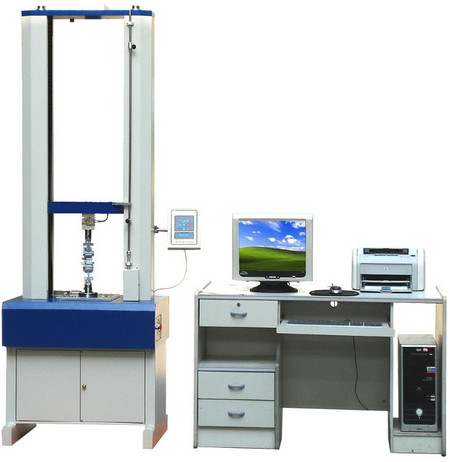- Qinsun Instruments Co., Ltd.
- Tell:+86-21-6780 0179
- Phone:+86-17740808215
- Address:No. 2578 Minhang District Gu Dai Road, Shanghai
- Contact:Mr. Li
- QQ:846490659
What are the specific rating requirements for textile testing?

The grading of textile testing fabric products is generally divided into three categories: natural cotton fabric and natural polyester cotton fabric are rated based on physical indicators, cotton knots and impurities, and fabric surface defects. They are classified into first, second, and third grades, with those below third grade being considered as substandard products.
The specific rating requirements for textile testing are:
1. Physical indicators of textile fabrics
Physical indicators include length, width, latitude and longitude density, latitude and longitude fracture strength, and 1 meter dry weight without slurry. Pi length refers to the length of the entire batch of fabric. Width refers to the lateral width of a fabric, divided into medium and wide widths. The warp (weft) density refers to the number of warp (weft) yarns within 10 centimeters in the warp (weft) direction. The warp (weft) fracture strength refers to the strength of a fabric strip that is 20 centimeters in the warp (weft) direction and 5 centimeters in the warp (weft) direction when pulled apart.
2. Nep impurities
The nep impurities in cotton fabric are expressed as the percentage of defects.
3. Fabric defects
Fabric defects refer to skip yarn, slub yarn, coarse weft, etc.





